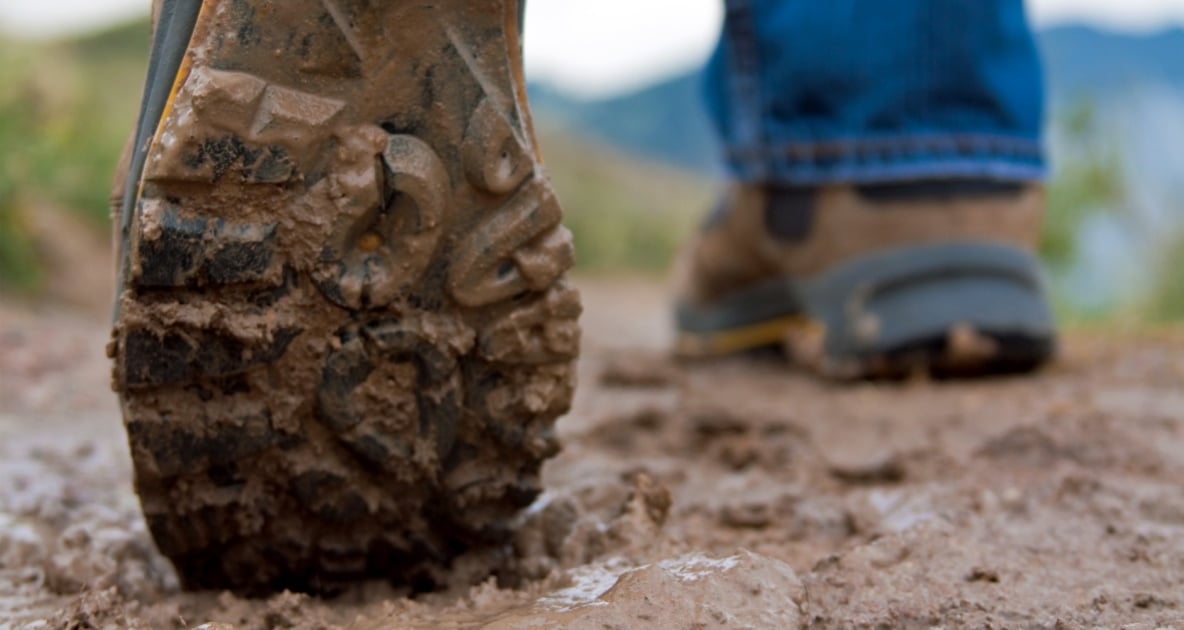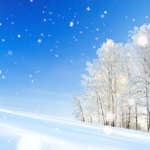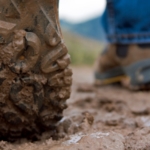What The Heck Is Mud Season?
Bet you didn't know that many in the northeast endure five seasons: spring, summer, fall, winter, and mud. And it's not pretty. Learn more!

Summer, fall, winter, spring… mud? Is there actually a fifth season? If you live in New England, you know there is! And you and your carpets know this season all too well.
What Is Mud Season?
Mud season is the name given to the period between winter’s end (late March) and spring’s start (May) when unpaved roads, dirt paths, and hiking trails become a muddy mess from melting snow and spring rains. Just as miserable as the mud this unofficial season brings is its weather: warm-one-day-and-cold-the-next temperatures, and alternating sunny, snowy, and rainy skies.
Those living in Maine and other New England states, as well as places like Colorado and Montana, know this weather better than most. That’s because mud season occurs in places like these, where the ground freezes in winter and allows large amounts of snow to accumulate and cover it all winter long. As winter wanes and air temperatures warm above freezing (32º F), the ground thaws from the surface down, triggering the snow on top of it to melt. But because the ground’s lower layers deep underground don’t warm as quickly and remain frozen, water from melting snow and chilly spring rains aren’t able to seep down very far. Instead, this water “sits” near the surface where it waterlogs the top layer of soil and creates a sea of mud—sometimes up to several inches thick!
Besides being a nuisance, mud season can be a hazard, too. It can increase the risk of flooding and wear away or “erode” soil, especially when heavy vehicles and footsteps track through soft mud.
How To Make Mud Season Less of a Mess
The next time you find yourself stuck in the mud, try these tips to keep you safe and dry:
- Don’t walk on waterlogged soil in gardens, parks, or green spaces. Doing this packs down the soil, which makes it harder for dirt to absorb water once mud dries (and harder for plants to get the nutrients they need to grow). If soil becomes too muddy it can also loosen away from plant roots, leaving them exposed.
- When walking on muddy roads and trails, wear rubber-soled boots and walk more slowly to avoid falls in the slippery mud!
- Take off your shoes when entering your house. Keep muddy shoes on a doormat or boot tray just inside the entryway. Try this great tip to remove mud from your boot soles!
- To clean mud from clothes or carpets, first, let it dry. (Dried mud is much easier to clean than fresh mud!) Once dry, brush, shake or vacuum off the area to remove caked on dirt. Using a mild detergent and water, blot the leftover stain until clean. Baking soda, vinegar, and a cut piece of potato are also good options for natural stain removers.
- If your car gets stuck in the mud, place rocks, kitty litter, or your car’s floor mats at the edge of your tires to add traction.

Tiffany Means
Tiffany Means is a freelance writer and a degreed meteorologist. She specializes in weather forecasting and enjoys making the subject of weather (and the science behind it) more relatable. She currently resides in the Blue Ridge Mountains of North Carolina.












Thanks for this article. It’s a great reminder not to rush spring clean up of our gardens as the soil is simply too wet and muddy to walk on. You’ll only cause soil compaction which in turn damages plants. I was about to head outdoors today to clean up my garden but decided to double check on the date – I was surprised to learn some garden experts recommend waiting until April 15 in zone 5 to clean up gardens – by then the soil should be dry enough to walk on.